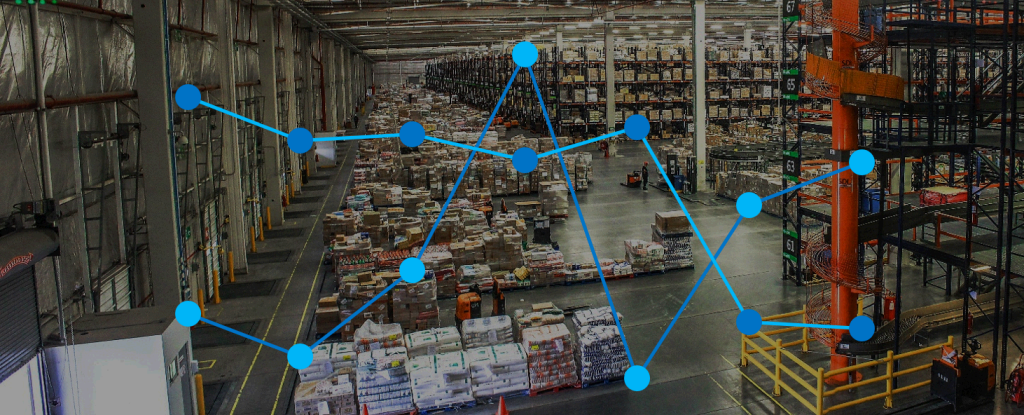
The shift of power to the consumer is turning much of the E-Commerce world upside down. Consumers expect to be able to easily access specific product details, including product reviews, comparative pricing and multiple options for how to obtain the product and the speed with which they can have it delivered.
Consumer expectations are rapidly driving Omni-Channels supply chains to become “pull” systems on steroids. For many industries, it is changing the dynamics between manufacturers and retailers with many manufacturers and distributors building an E-Commerce presence.
Everyone is trying to figure out the Omni-Channel puzzle. The overarching question is how to satisfy rapidly growing Omni-Channel demands in a way that generates sustainable profits? My conversations with supply chain leaders on this topic always lead to the same question:
“Are we really making money with our Omni-Channel / E-Commerce sales?”
This question naturally needs to address the revenue and cost considerations for Omni-Channel sales. A future blog series will address the revenue considerations. This posting is the first of a four part series on Omni-Channel / E-Commerce costs specifically focusing on the Total Cost To Serve consumer demands.
We will break these costs into four categories:
- The cost to purchase or manufacture the product, often referred to as the product’s Standard cost
- The costs to position inventory to be ready to be used in order fulfillment activities
- The costs to actually fulfill the Omni-Channel consumer order, and
- The cost of product returns
So naturally we have the straight forward profitability equation of:
Omni-Channel Order Profit = Net Revenue – (A+B+C+D)
It is a simple equation but not so simple to calculate on a consumer order by order basis.
There is a lot of attention being given to Cost To Serve models today. The key to success is to capture as much exact and verified data (Big Data) for each cost component and to use an analytical approach (Analytics) to tie these cost components together. Critical to this effort is to ensure that the approach builds organizational confidence and consensus in the cost calculations.
To keep the length of this posting reasonable, I will not devote time on the costs in the “A” bucket since this should be the easiest part of the equation. Every company should know the cost to purchase and/or to manufacture the products they sell. In the next three postings, I will devote specific and detailed attention to each of the other cost components and their direct impact on profitability.
The goal is to help answer that puzzling question “Are we really making money with our Omni-Channel / E-Commerce sales?”
I would love to hear your thoughts.
All the best,
Richard
Richard Sharpe is CEO of Competitive Insights, LLC (CI), a founding officer of the American Logistics Aid Network(ALAN) and designated by DC Velocityas a Rainmaker in the industry. For the last 25 years, Richard has been passionate about driving business value through the adoption of process and technology innovations. His current focus is to support CI’s mission to enable companies to gain maximum value through specific, precise and actionable insights across the organization for smarter growth. CI delivers Enterprise Profit Insights (EPI) solutions that enable cross-functional users to increase and protect profitability. Prior to his current role, Richard was President of CAPS Logistics, the forerunner of supply chain optimization. Richard is a frequent speaker at national conferences and leading academic institutions. His current focus is to challenge executives to improve their company’s competitive position by turning enterprise wide data from a liability to an asset through the use of applied business analytics.






